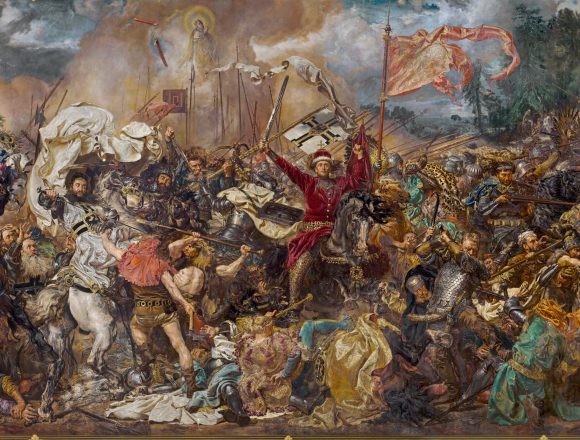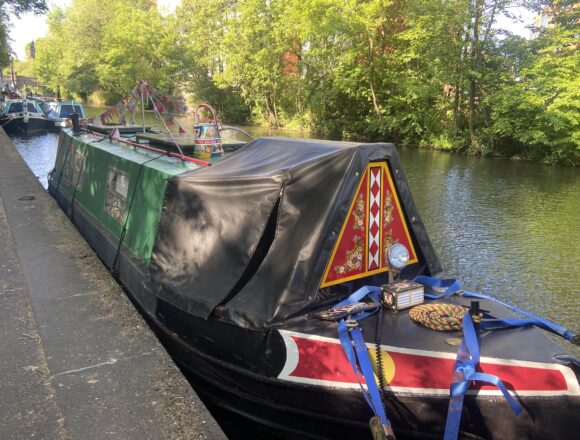A romantic story of two people brought together by a shared passion for cultural heritage. This article explores their efforts to preserve the fortified church of Apold, Transylvania and gives insights into marriage traditions within the Transylvanian Saxon community. The main theme of the article revolves around love and its various dimensions.

Annual Revival of the Teutonic Order at Grunwald
The modern phenomenon of historical re-enactments is finding more and more fans all over the world. Medieval re-enactments, which allow participants to "transport themselves" to distant times of knights, kings and court ladies, have played a special role here. An interesting example of this practice is the annual reconstruction of the 15th century Battle of Grunwald in Poland. For several days in August, the site is visited by crowds of people eager to watch the re-enactment of the famous armed clash between Teutonic and Polish-Lithuanian armies and eager to take part in the accompanying attractions. Let's go too, to see how historical heritage is interpreted by contemporary re-enactors.

Narrowboats and the Intricate Engineering of Foxton Locks
Ever wondered about the size of narrowboats? I visited Foxton Locks near Market Harborough in Leicestershire, and it's very interesting to watch boats going up and down, lock after lock. We see how the boat fits just right in the lock.

A Great Challenge for a Humble Museum
The great discoveries from the ancient culture of Tartessos at the archaeological site Casas del Turuñuelo will be exhibited in the Archaeological Museum of Badajoz. A humble museum since its beginnings, it now looks like it will become a place of great relevance after these important discoveries. But maybe it is a good time to think: is the museum ready for this? How will the new artefacts change the perception of the permanent collections? What impact will this have on the provincial museum?

Leipzig Cotton Spinning Mill and the Plant Roof Technique
Accompany authors Asem and Rachel to discover the story of Spinnerei, a large brick building in Leipzig that used to be a cotton mills at the end of the 19th century, which is one of the few still standing, despite the fact that much of Leipzig was bombed during the Second World War.
How is it that this building was spared from the bombs? There are a number of hypotheses, one of which is that the green roof protected it…

Istanbul Mosques by Christian Architects
This article discusses three late Ottoman-era mosques in Istanbul designed by Christian architects.
